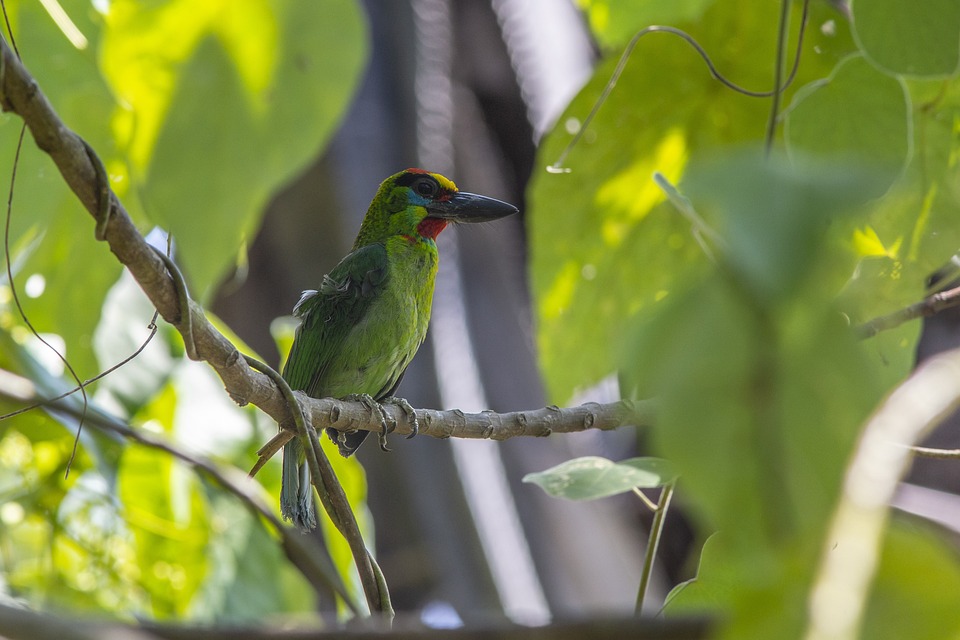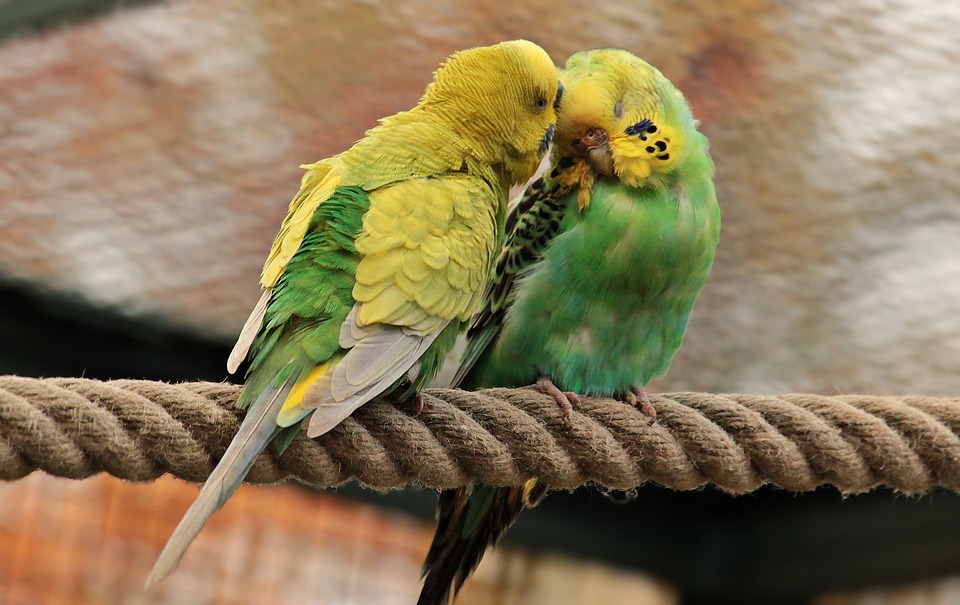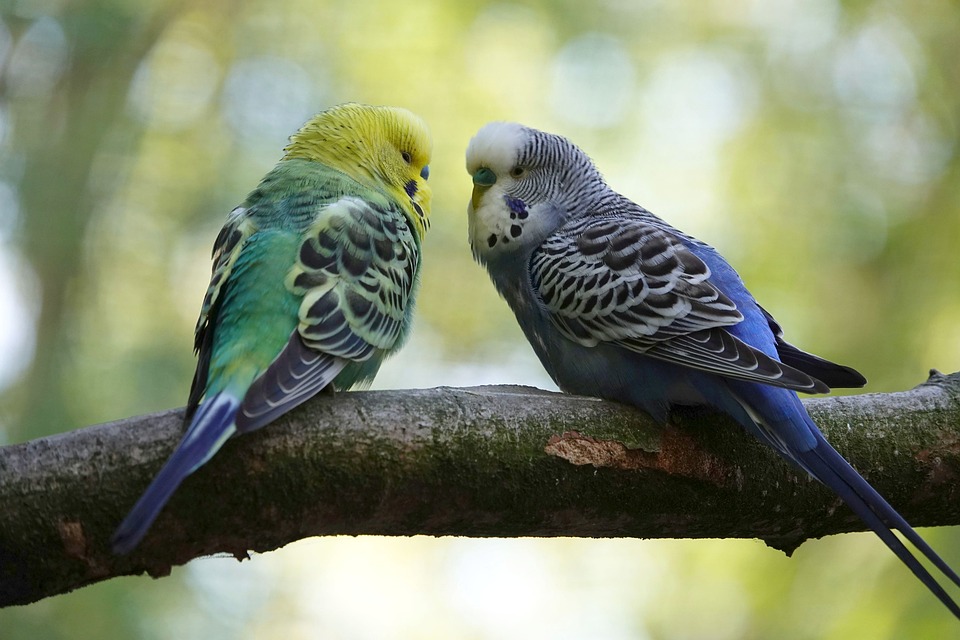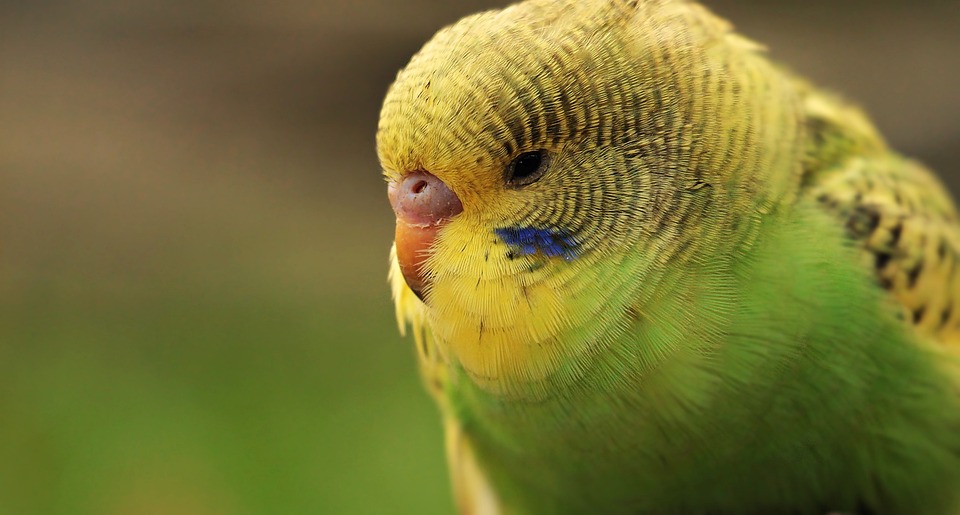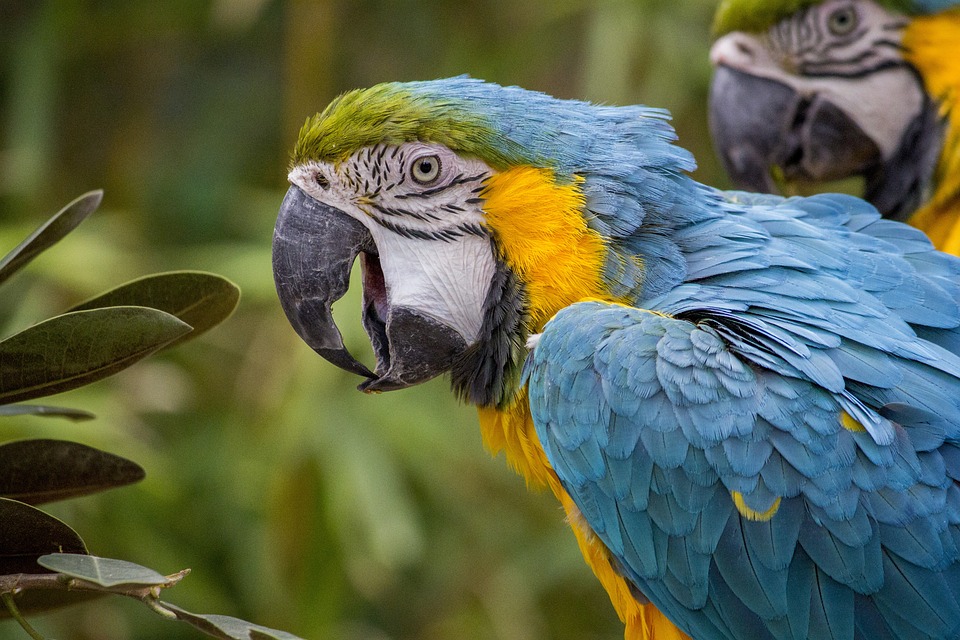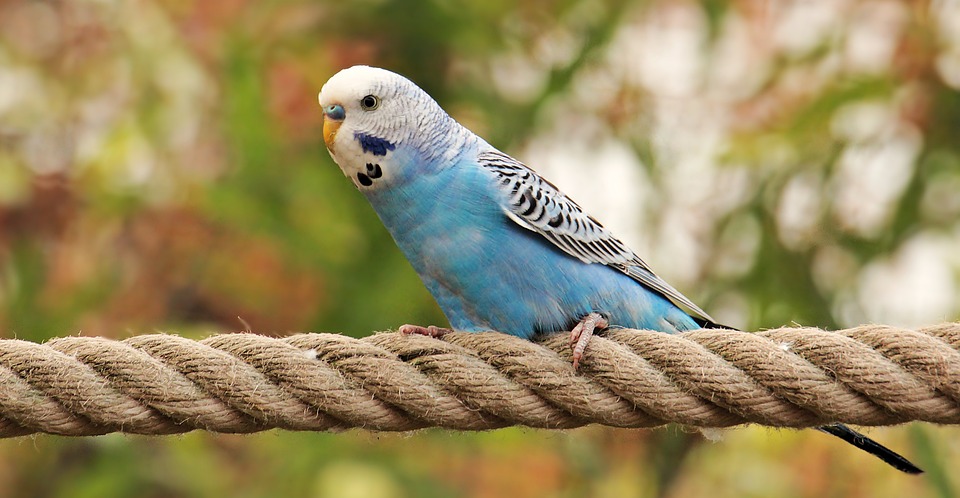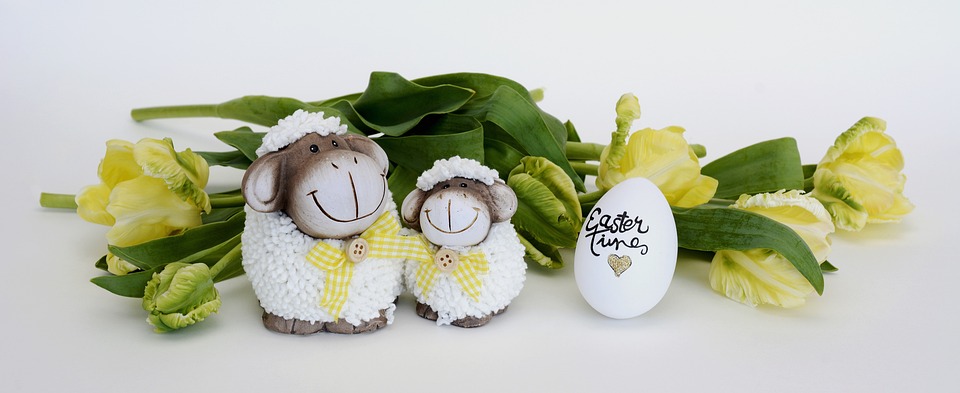Parrots are intelligent and curious birds that thrive on mental stimulation and interaction with their owners. Training is a great way to engage with your parrot and foster a strong bond. However, some parrots tend to become overly excited or hyperactive during training sessions, which can hinder progress and make the experience less enjoyable for both you and your feathered friend. In this article, we will explore effective techniques to discourage parrots from becoming overly excited or hyperactive during training, ensuring a more productive and rewarding training experience.
Understanding the Parrot’s Behavior
Before diving into the training techniques, it’s important to understand why parrots become overly excited or hyperactive during training. Parrots are naturally energetic creatures, and their excitement levels can skyrocket when they anticipate rewards or attention. Additionally, certain environmental factors, such as an overly stimulating training space or external noise, can contribute to their hyperactivity. By addressing these underlying factors, you can effectively discourage hyperactivity during training sessions.
Creating a Calm Training Environment
The training environment plays a crucial role in shaping your parrot’s behavior during training. Here are some tips to create a calm and focused training space:
1. Choose a quiet and distraction-free area: Select a room or corner in your home that is away from noisy activities or other pets. This will help your parrot concentrate better during training.
2. Minimize visual stimuli: Remove any visually stimulating objects, such as mirrors or shiny toys, from the training area. These distractions can divert your parrot’s attention and make them hyperactive.
3. Establish a consistent routine: Parrots thrive on routine, so try to establish a consistent training schedule. This will help them anticipate and be mentally prepared for training sessions, reducing their excitement levels.
Incorporating Positive Reinforcement Techniques
Positive reinforcement is a highly effective training method for parrots. By rewarding desired behaviors, you can encourage your parrot to remain calm and focused during training. Here’s how you can incorporate positive reinforcement techniques:
1. Use small, frequent rewards: Instead of giving your parrot a large treat after every successful behavior, opt for smaller, more frequent rewards. This prevents them from becoming overly excited and helps maintain their focus.
2. Reward calm behavior: Whenever your parrot exhibits calm behavior, such as sitting quietly or maintaining eye contact, praise and reward them. This reinforces the idea that calmness is desirable during training sessions.
3. Implement the “time-out” technique: If your parrot becomes excessively hyperactive during training, gently remove them from the training area and place them in a designated “time-out” space for a brief period. This teaches them that hyperactivity leads to a temporary withdrawal of attention and reinforces the importance of staying calm.
Frequently Asked Questions (FAQs)
Q: How long should each training session be?
A: Parrots have limited attention spans, so it’s best to keep training sessions short and focused, ranging from 10 to 15 minutes. Multiple short sessions throughout the day are more effective than a single long session.
Q: My parrot seems to get easily distracted during training. What should I do?
A: If your parrot gets easily distracted, try using a clicker or a verbal cue to mark desired behaviors. This helps them understand what is expected and keeps them engaged during the training process.
Q: Are certain parrot species more prone to hyperactivity during training?
A: While individual personalities vary, some parrot species, such as African Greys and Cockatoos, are generally more prone to hyperactivity due to their high energy levels. Extra patience and consistent training techniques are essential for these species.
Q: Can I use punishment or negative reinforcement to discourage hyperactivity during training?
A: It is not recommended to use punishment or negative reinforcement during parrot training. These techniques can harm the trust and bond between you and your parrot. Positive reinforcement, on the other hand, encourages desired behaviors without causing any harm.
By understanding your parrot’s behavior and implementing these techniques, you can effectively discourage hyperactivity and ensure a more successful training journey with your feathered companion. Remember to be patient, consistent, and always prioritize positive reinforcement for a rewarding training experience.

